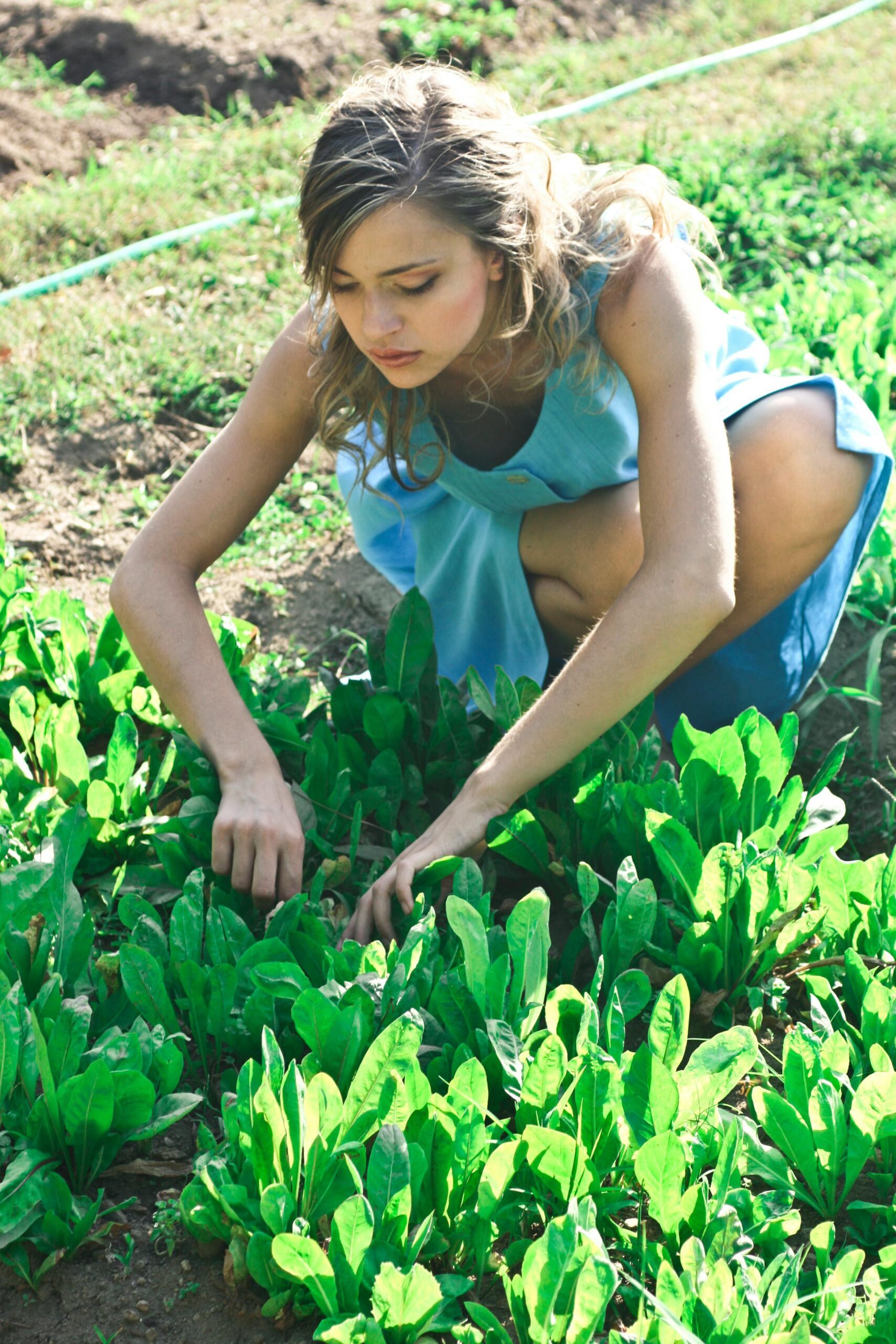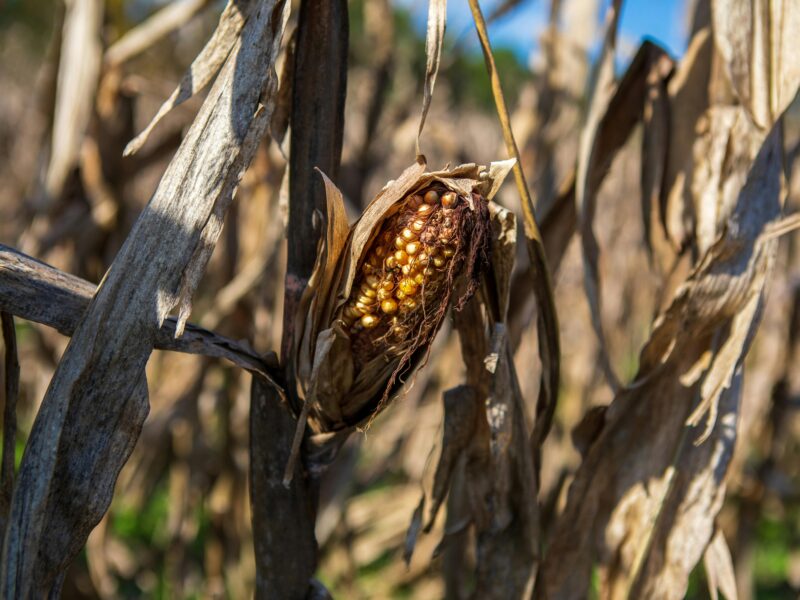Companion planting is a time-tested gardening technique that involves growing different plants together to enhance growth, deter pests, and improve overall garden health. This natural method leverages the unique properties of each plant to create a thriving and productive ecosystem, reducing the need for chemical pesticides and fertilizers. Whether you’re a seasoned gardener or just starting, companion planting can significantly improve your garden’s yield and sustainability. In this guide, we’ll explore the benefits of companion planting, how it works, and some of the best plant pairings to try in your garden.
What is Companion Planting?
Companion planting is the practice of strategically placing plants in proximity to one another to create mutually beneficial relationships. Certain plants release natural chemicals that deter pests, while others improve soil fertility, provide shade, or attract beneficial insects. By understanding these relationships, gardeners can create a healthier, more resilient garden environment.
Benefits of Companion Planting
- Pest Control: Some plants naturally repel pests or attract beneficial insects that prey on harmful pests. For example, marigolds release a scent that deters nematodes, while dill attracts ladybugs that feast on aphids.
- Improved Growth and Yield: Companion plants can provide shade, support, or nutrients that enhance the growth and productivity of neighboring plants. For example, beans fix nitrogen in the soil, benefiting heavy feeders like corn.
- Efficient Use of Space: Companion planting allows gardeners to make the most of their garden space by growing plants with different growth habits together. For example, planting tall sunflowers with low-growing lettuce maximizes vertical and ground space.
- Soil Health: Certain plants, like legumes, improve soil structure and fertility by fixing nitrogen or adding organic matter when they decompose.
- Biodiversity: A diverse garden is more resilient to pests and diseases. Companion planting encourages biodiversity, creating a balanced ecosystem that promotes plant health.
How Companion Planting Works
Companion planting relies on understanding the natural relationships between plants. Some plants release natural chemicals that can deter or attract insects, while others can improve the soil or provide physical support to their neighbors. Here are a few common companion planting strategies:
- Trap Cropping: Some plants, like nasturtiums, act as “trap crops” by attracting pests away from more valuable plants. For example, nasturtiums can attract aphids away from tomatoes.
- Repellent Plants: Plants like garlic, chives, and marigolds emit odors that repel insects. Planting them near crops susceptible to pests can reduce pest problems.
- Nutrient Sharing: Certain plants, like beans and peas, fix nitrogen in the soil, providing essential nutrients to neighboring plants.
- Shade Provision: Taller plants can provide shade for shorter plants that may need protection from the hot sun. For example, corn provides shade for lettuce, which prefers cooler conditions.
- Support Structures: Vining plants like peas or beans can grow up the stalks of sturdier plants like corn, maximizing space and reducing the need for additional support structures.
Top Companion Plant Pairings
Here are some of the most effective companion plant pairings that you can try in your garden:
1. Tomatoes and Basil
Tomatoes and basil are a classic companion planting pair. Basil helps repel harmful insects like aphids, whiteflies, and tomato hornworms, which are notorious for damaging tomato plants. Additionally, basil is believed to improve the flavor of tomatoes when grown nearby.
- How to Plant: Space basil plants around tomato plants, ensuring each has enough room to grow. Keep the soil well-drained and water regularly.
2. Carrots and Onions
Carrots and onions make great companions because they help deter each other’s pests. Onions release a strong scent that confuses and repels carrot flies, while carrots help deter onion flies.
- How to Plant: Interplant rows of carrots and onions in the same bed, leaving enough space between the rows for both to grow fully. Both plants prefer well-drained soil and full sun.
3. Beans, Corn, and Squash (The Three Sisters)
The “Three Sisters” is an ancient Native American planting technique that involves growing beans, corn, and squash together. Corn provides a natural trellis for the beans, beans fix nitrogen in the soil to benefit the corn and squash, and squash spreads out along the ground to suppress weeds and retain soil moisture.
- How to Plant: Plant corn first to allow it to grow several inches. Then, plant beans around the corn stalks and squash at the base. Ensure the spacing is adequate to prevent competition.
4. Cucumbers and Nasturtiums
Nasturtiums are excellent companion plants for cucumbers. They act as a trap crop by attracting aphids and other pests away from the cucumbers. They also repel cucumber beetles, which are a common problem for cucumber plants.
- How to Plant: Plant nasturtiums around the perimeter of your cucumber bed or intersperse them between cucumber plants. They thrive in full sun and well-drained soil.
5. Lettuce and Radishes
Lettuce and radishes are quick-growing crops that make excellent companions. Radishes can help break up the soil, allowing lettuce roots to spread more easily. Additionally, radishes mature quickly and can be harvested before lettuce, providing more space for the lettuce to grow.
- How to Plant: Sow radish seeds in rows alongside lettuce seeds. Ensure the soil remains consistently moist to support the growth of both crops.
6. Roses and Garlic
Garlic is known to repel aphids, spider mites, and other pests that often plague roses. Additionally, garlic can improve the overall health and fragrance of roses.
- How to Plant: Plant garlic bulbs around the base of rose bushes in the fall. They require well-drained soil and full sun to thrive.
7. Spinach and Strawberries
Spinach and strawberries are a beneficial pairing. Spinach provides ground cover that helps retain soil moisture for strawberries, while strawberries deter some common pests that can damage spinach.
- How to Plant: Plant strawberries in rows and interplant spinach between them. Both prefer full sun and well-drained soil.
8. Peppers and Marigolds
Marigolds are well-known for their pest-repelling properties. They release a scent that deters nematodes, whiteflies, and aphids. When planted near peppers, marigolds help protect them from these common pests.
- How to Plant: Plant marigolds around the perimeter of your pepper bed or intersperse them throughout the bed. Ensure the soil is well-drained and receives full sun.
Tips for Successful Companion Planting
- Research Plant Compatibility: Not all plants are good companions. Some plants can inhibit each other’s growth, such as fennel and most garden vegetables.
- Observe Your Garden: Pay attention to how plants interact with each other over time. Adjust spacing and pairings as needed based on your observations.
- Rotate Crops Annually: Crop rotation is crucial to prevent soil nutrient depletion and reduce pest buildup. Rotate companion plant pairings each season to maintain a healthy garden.
- Use Companion Planting with Other Organic Methods: Combine companion planting with other organic gardening practices, such as mulching, composting, and using natural pest deterrents for a holistic approach.
Companion planting is a powerful tool for creating a healthier, more productive, and sustainable garden. By strategically pairing plants that benefit each other, you can reduce pests, improve yields, and cultivate a vibrant garden ecosystem. Experiment with different plant combinations and observe how they work in your garden. With time and practice, you’ll discover the unique pairings that work best for your garden space. Happy gardening!


